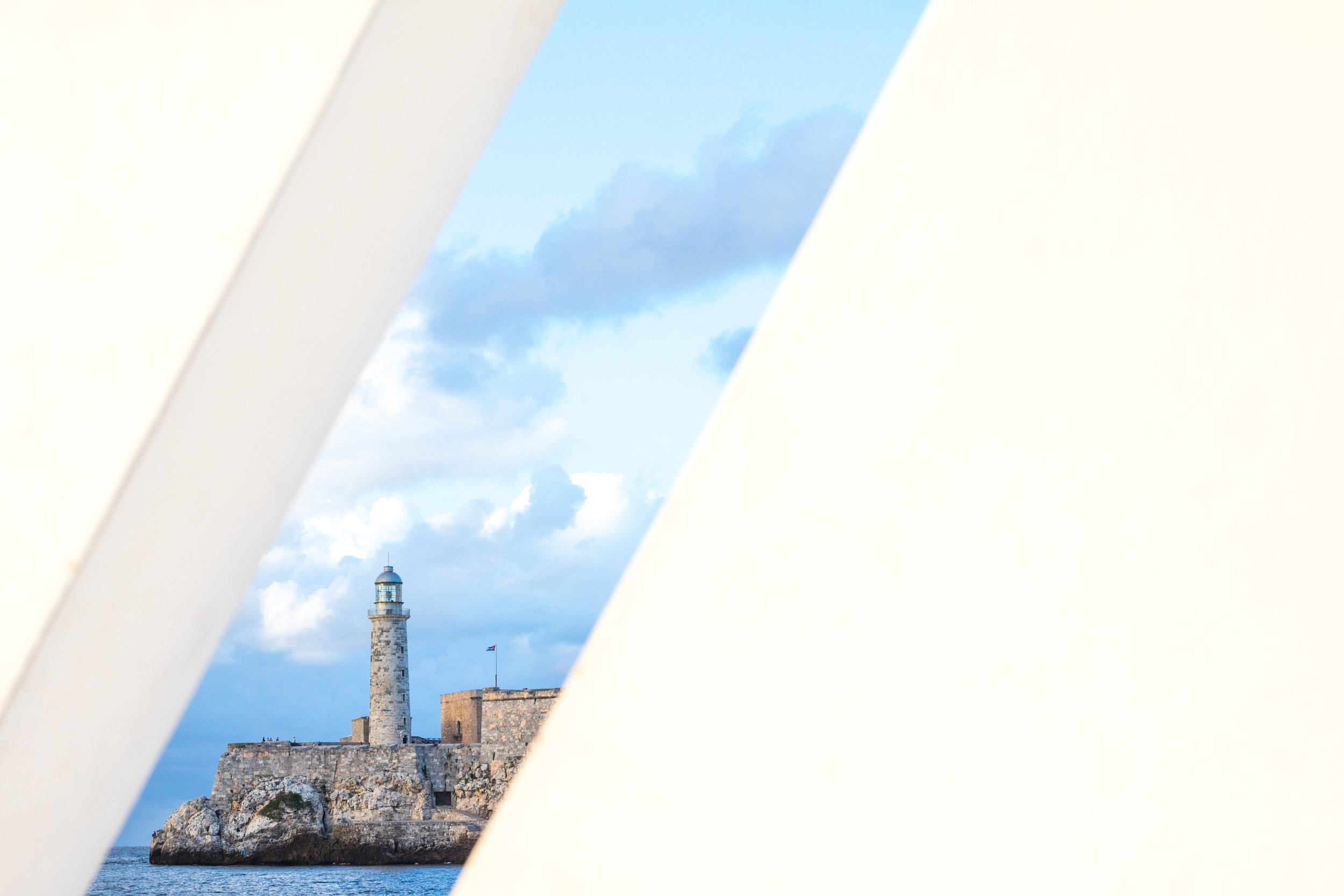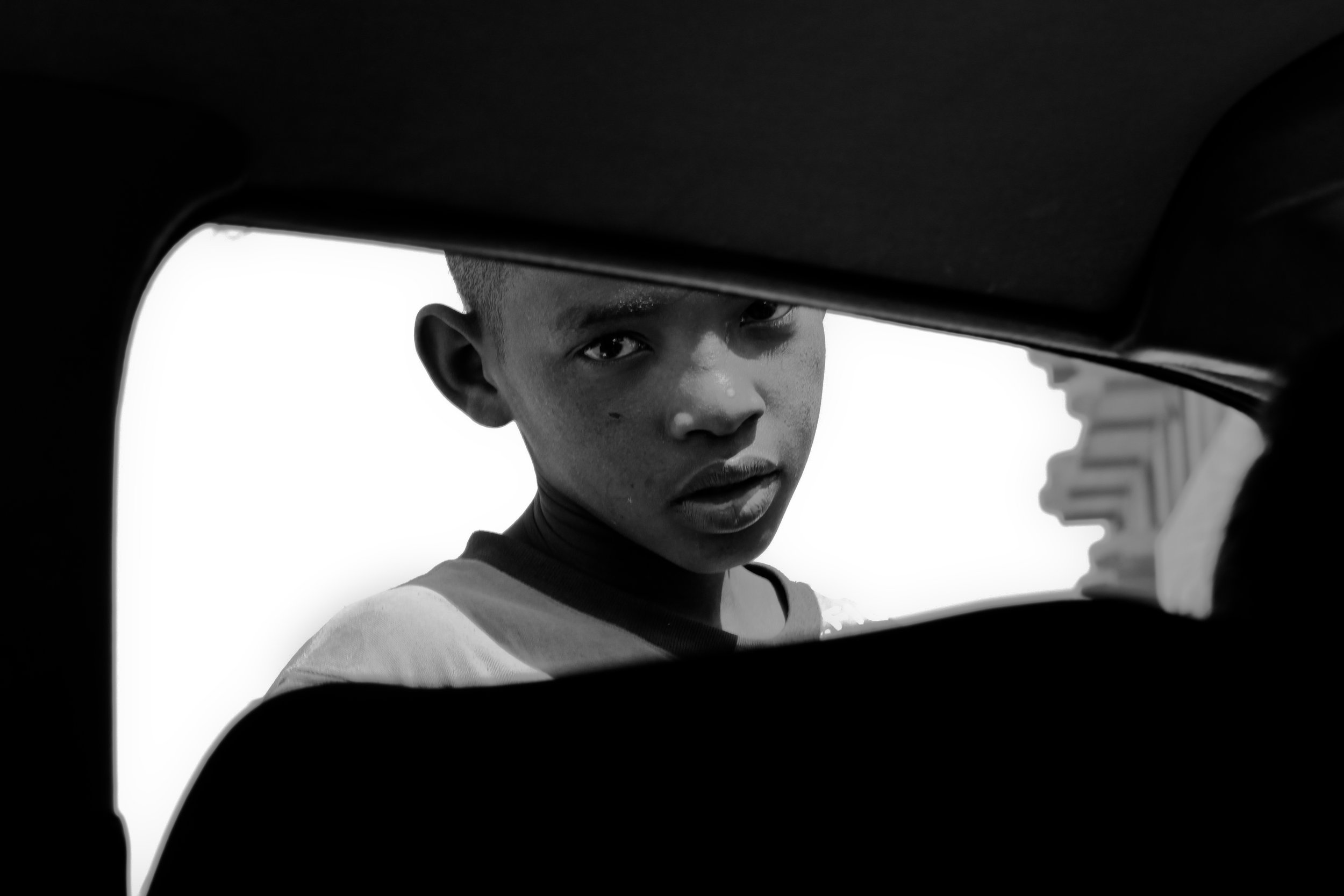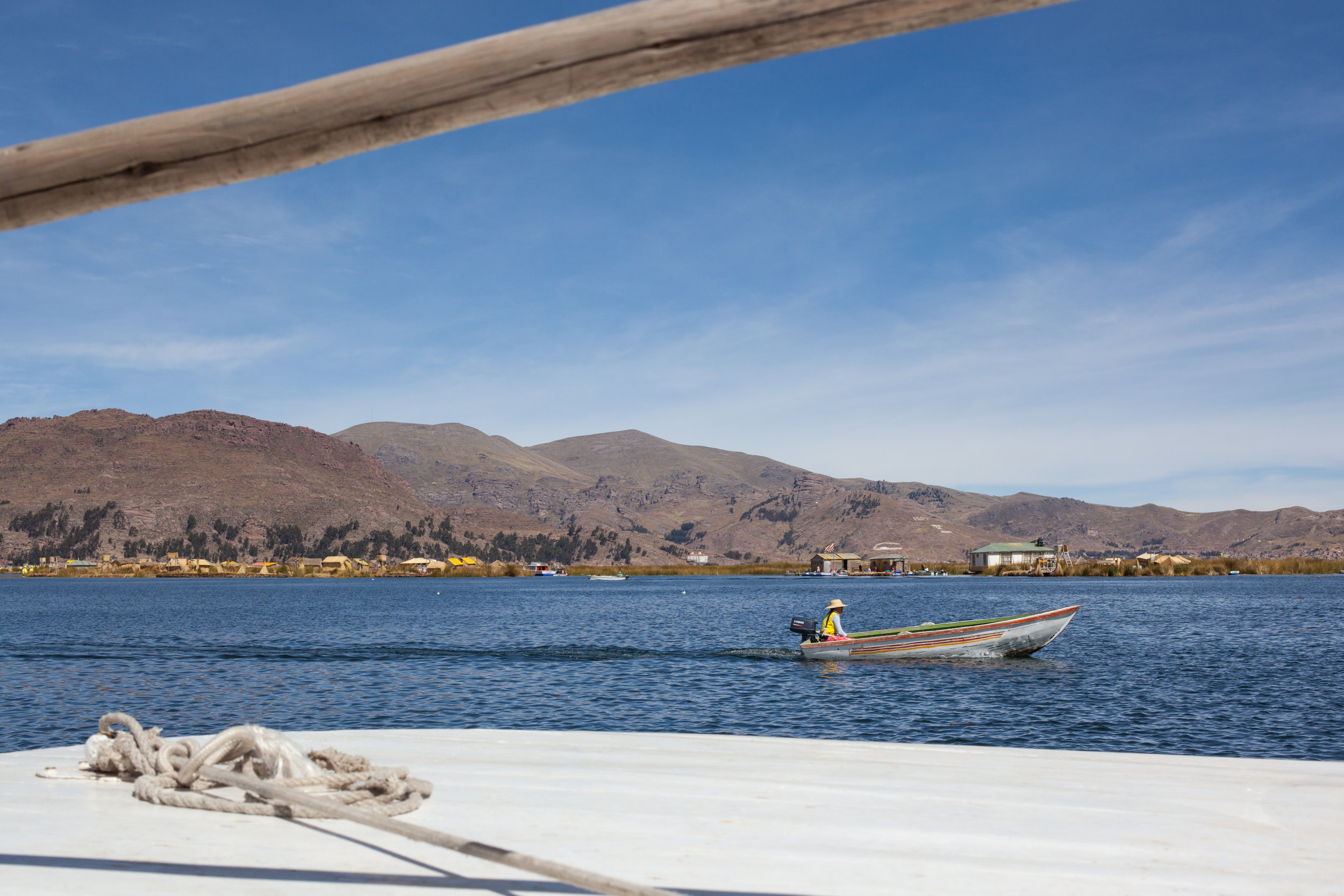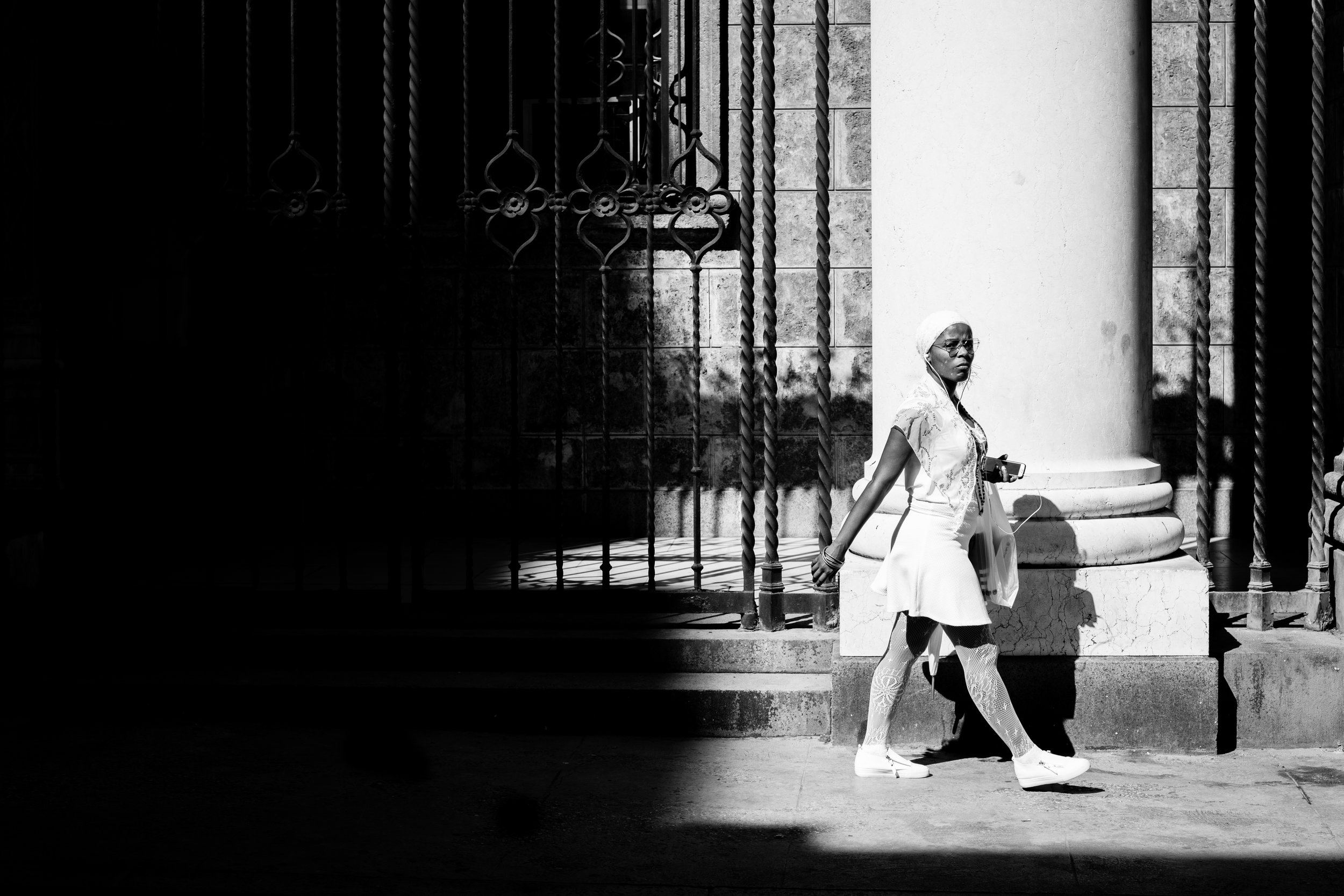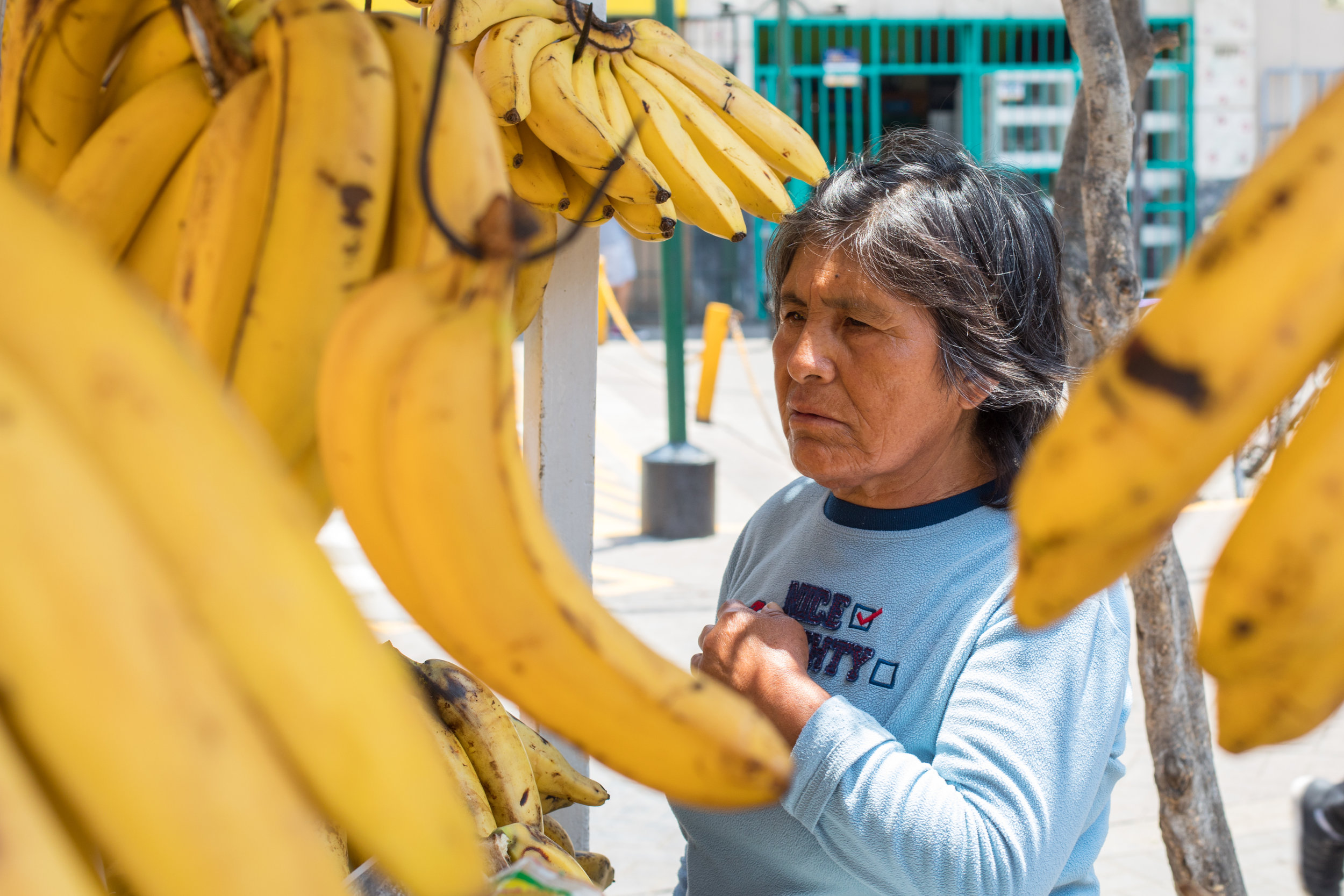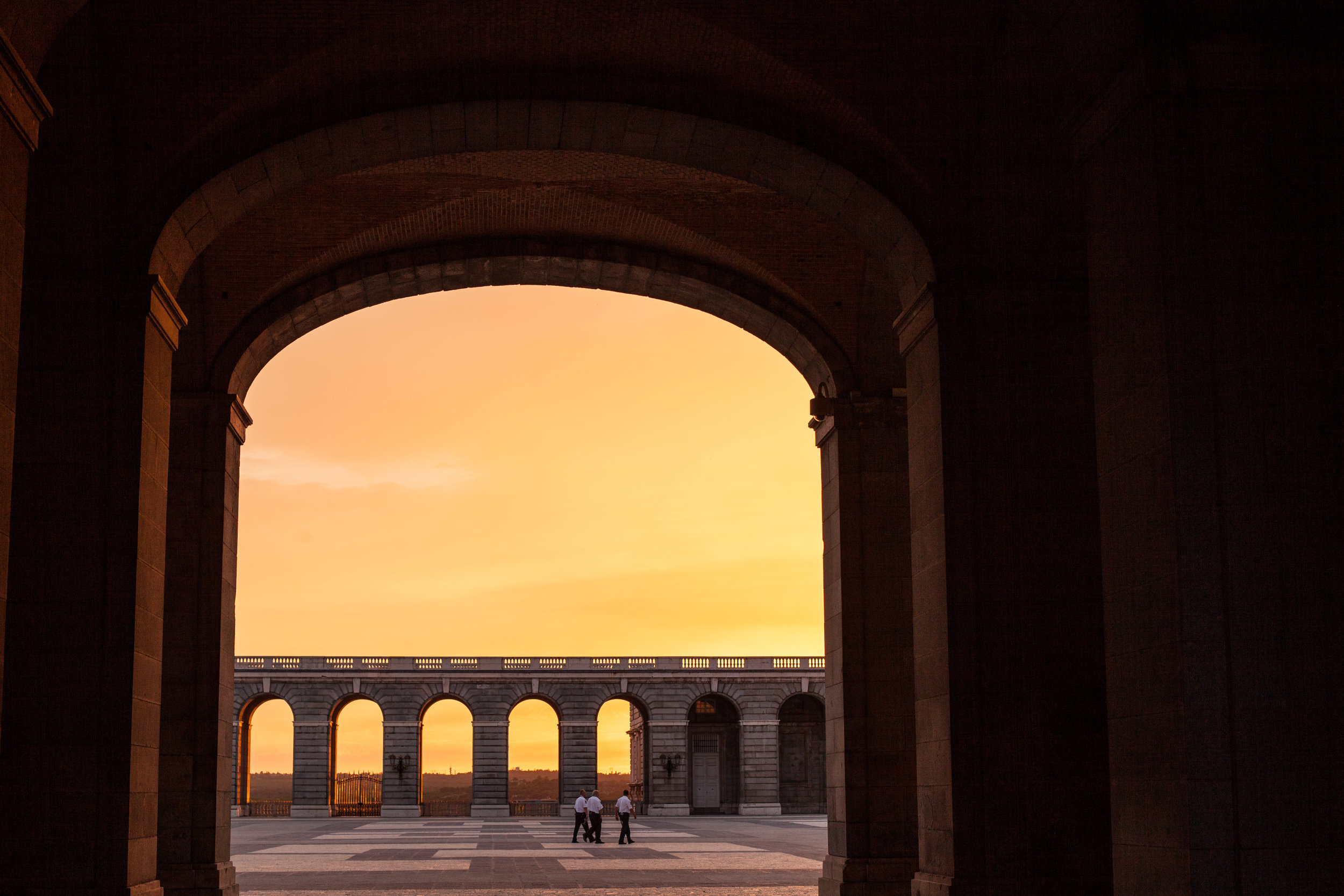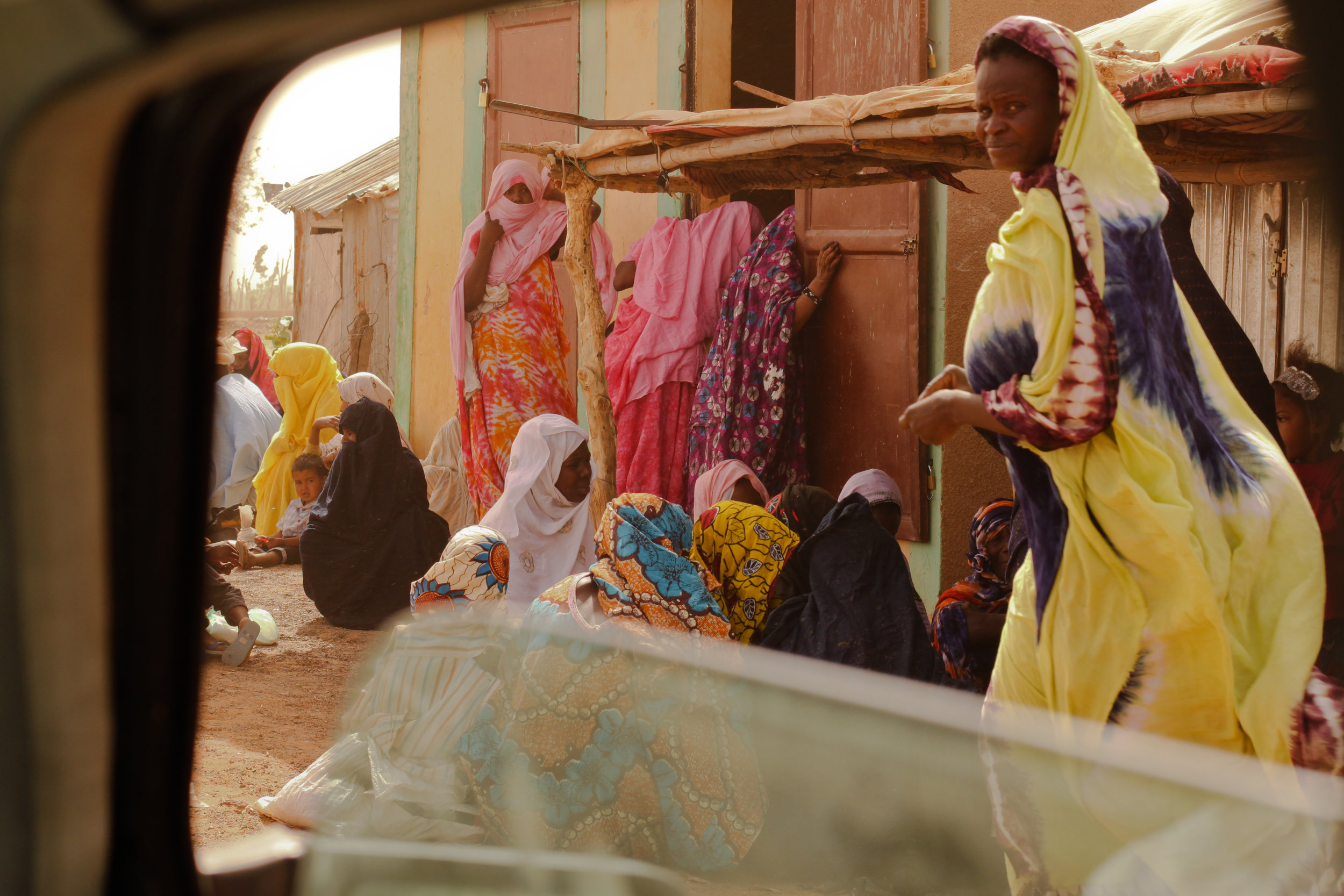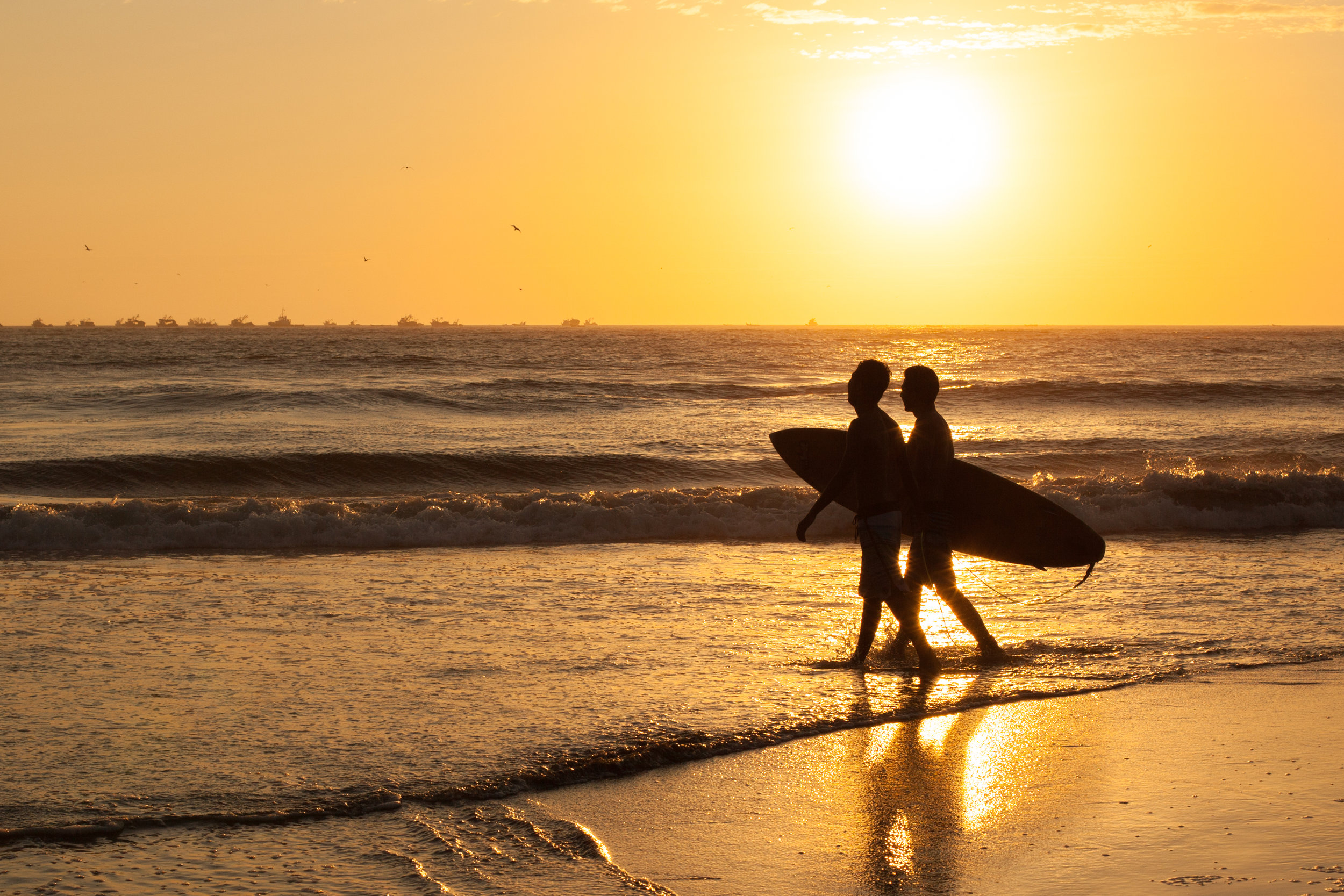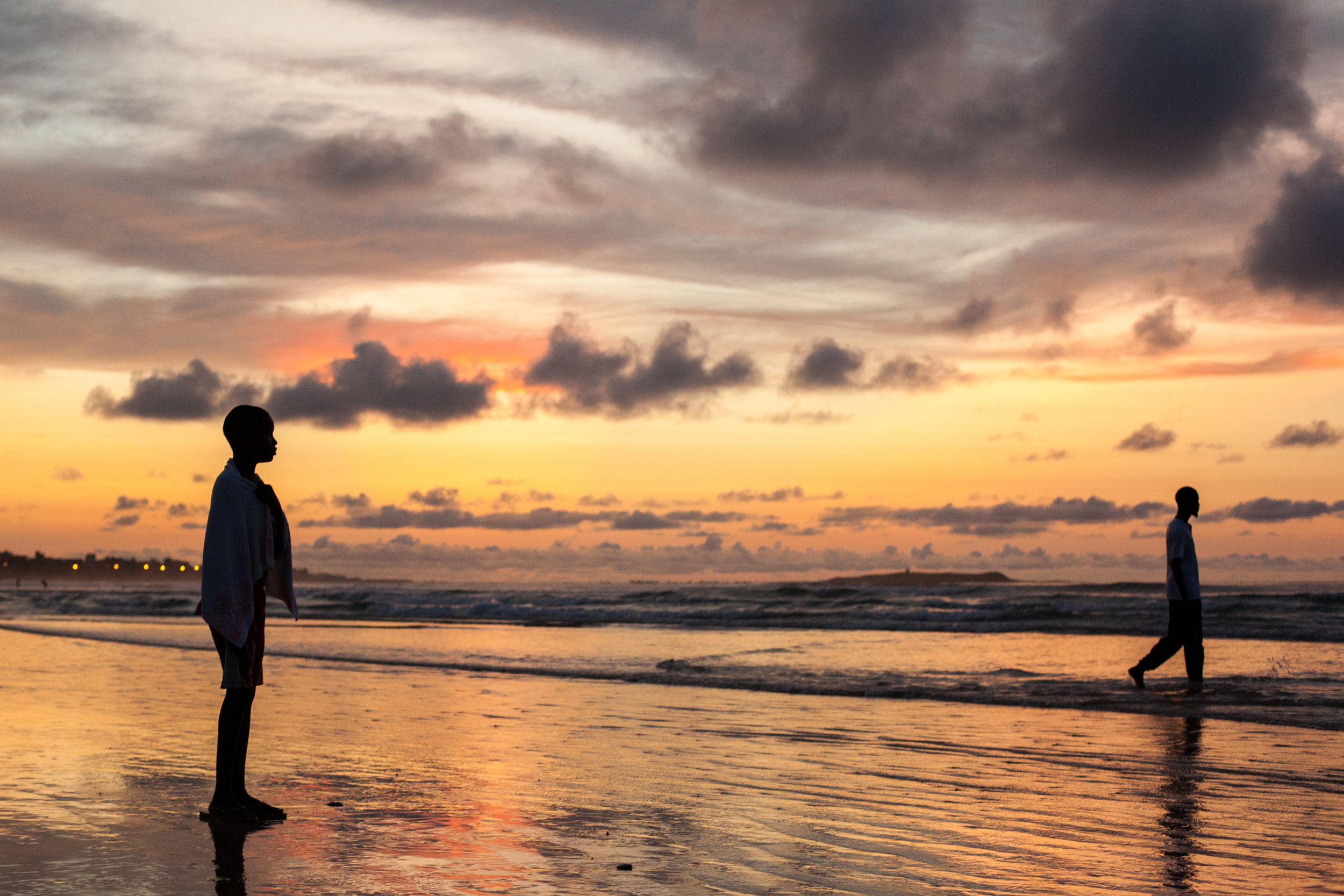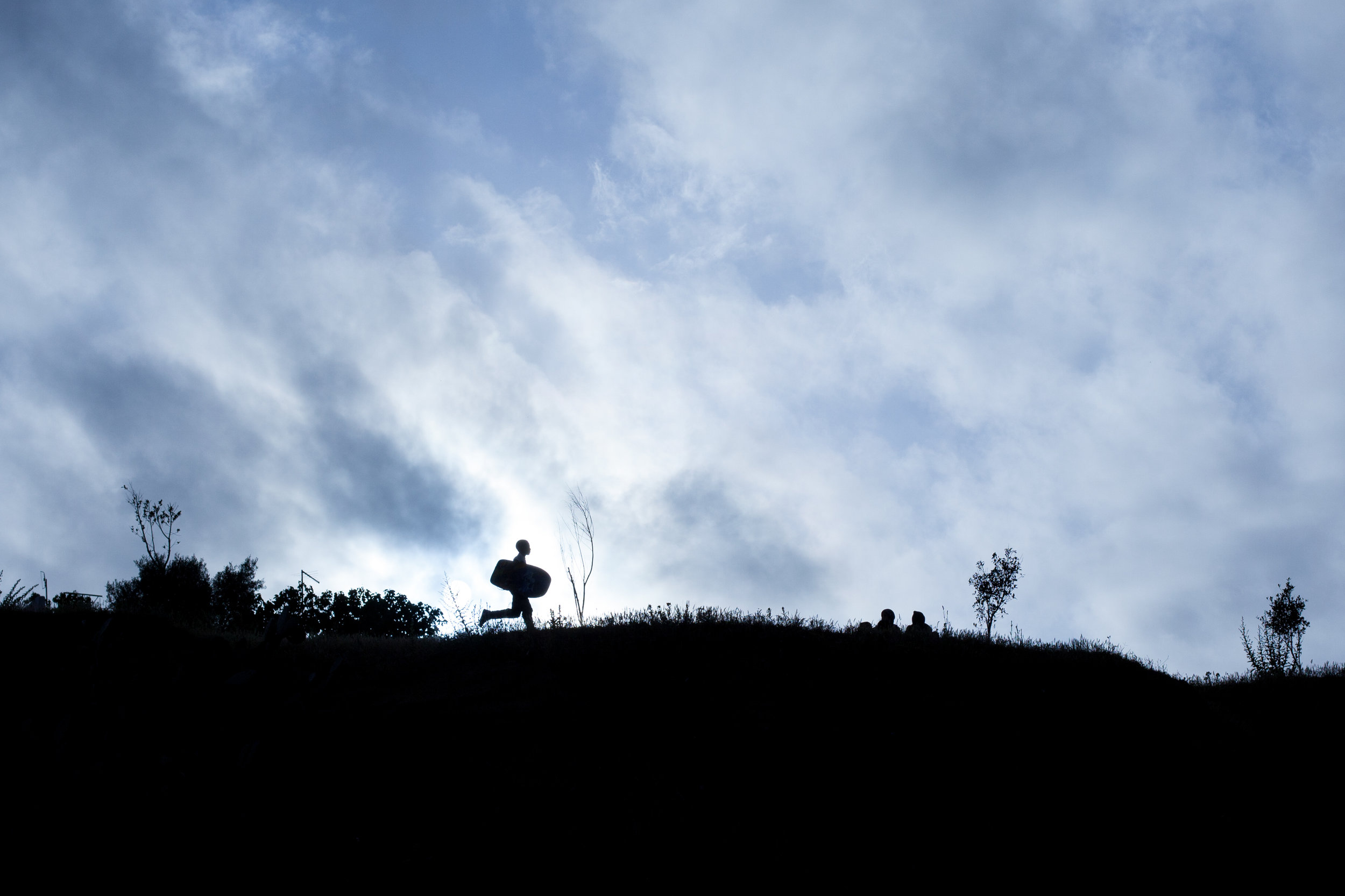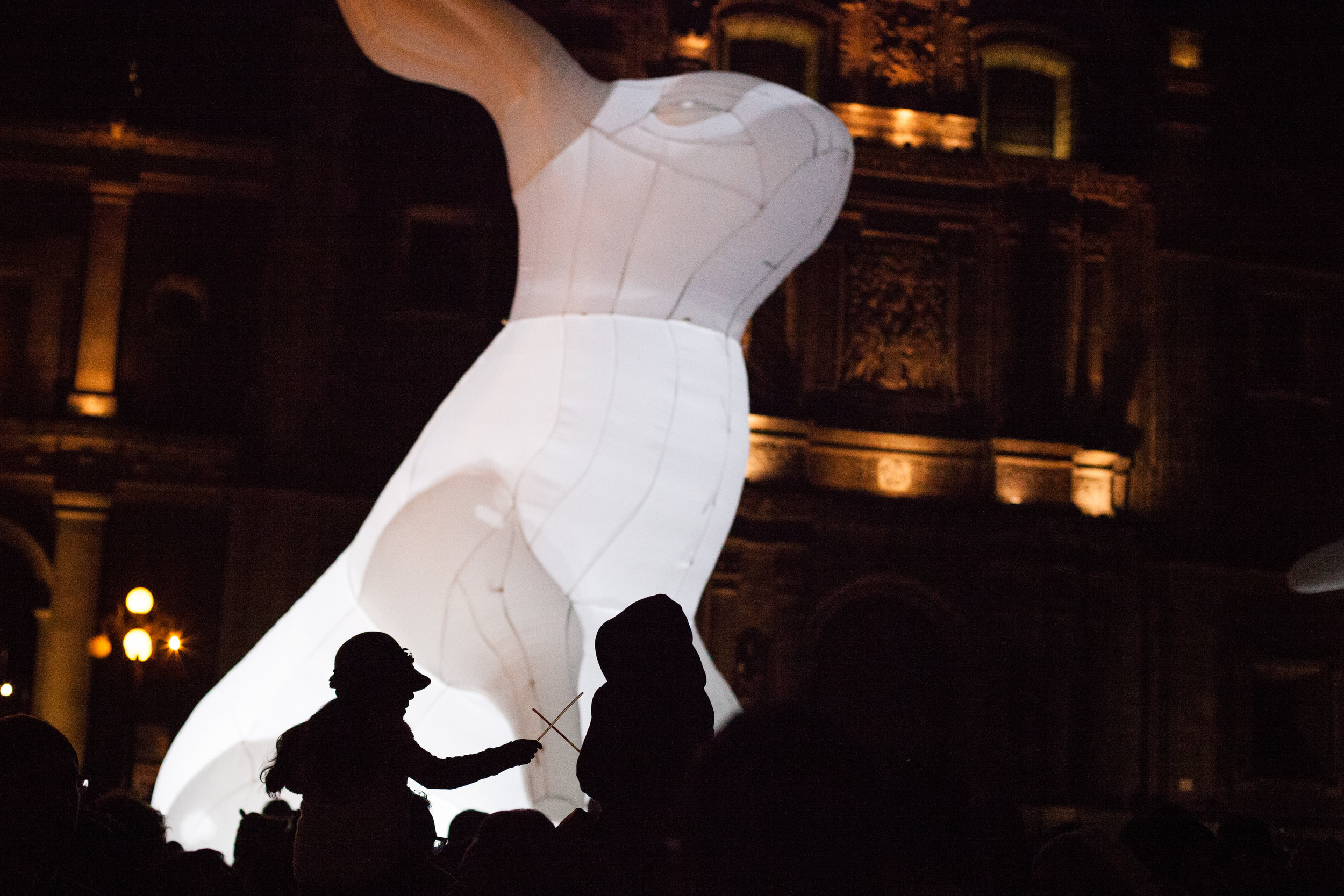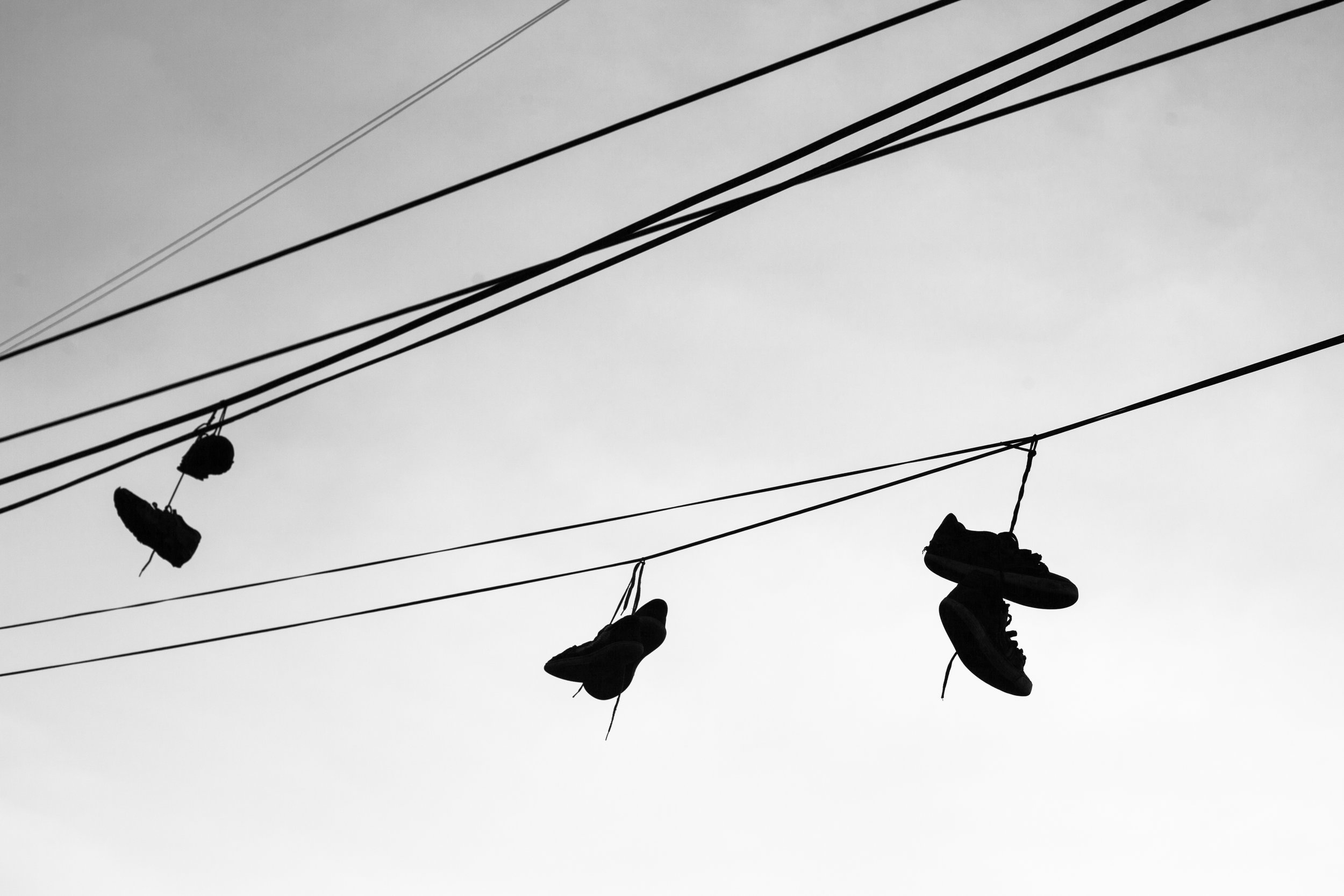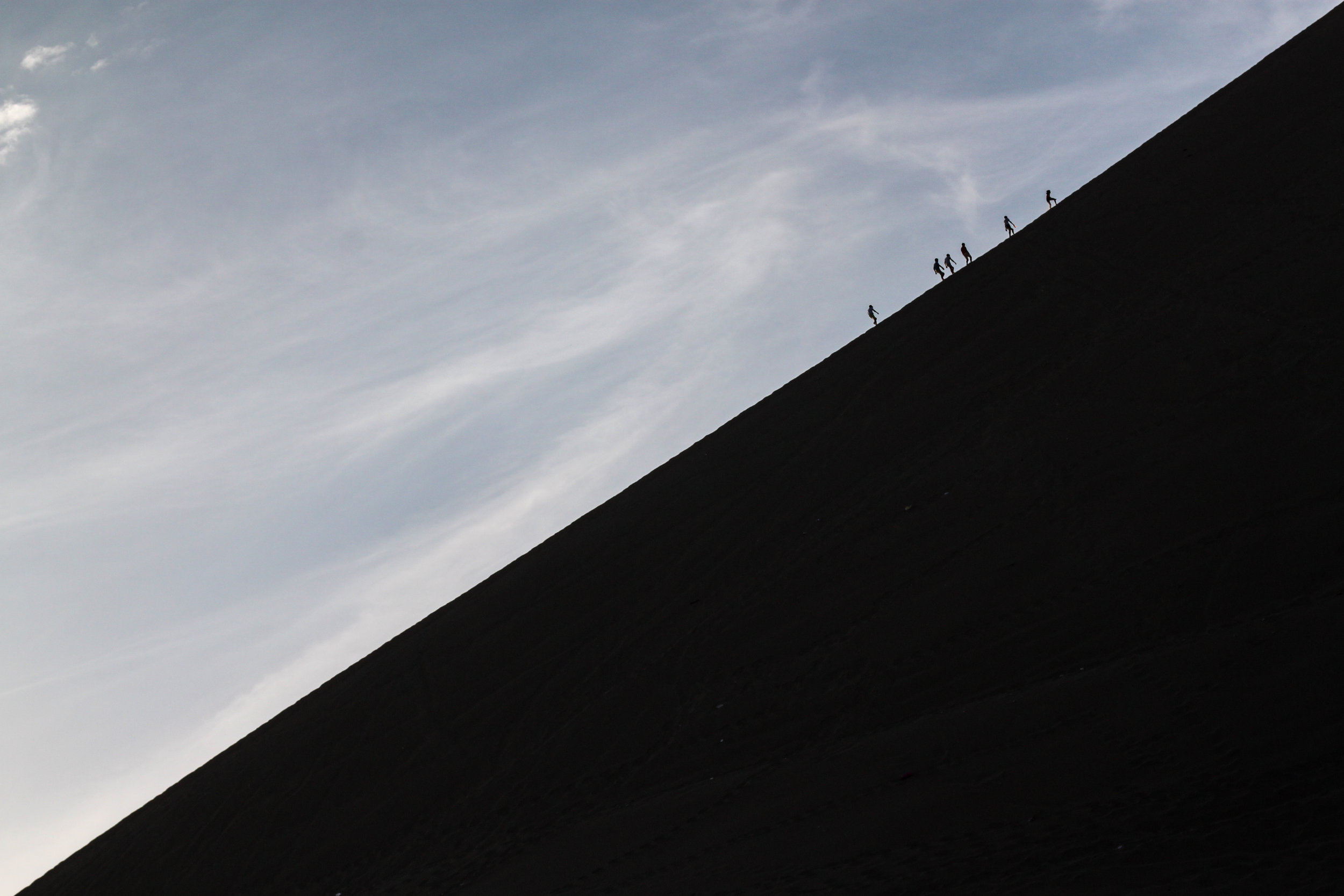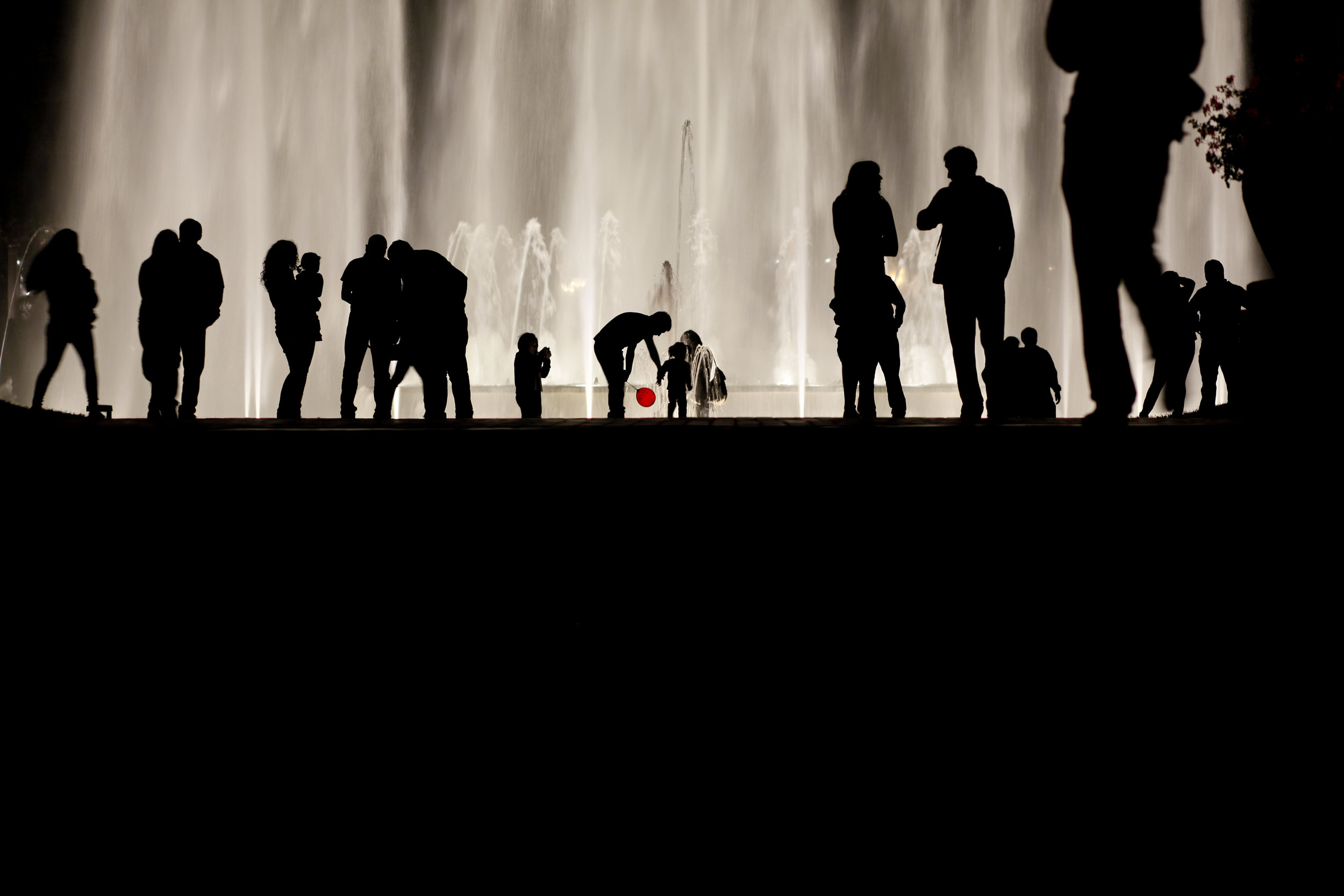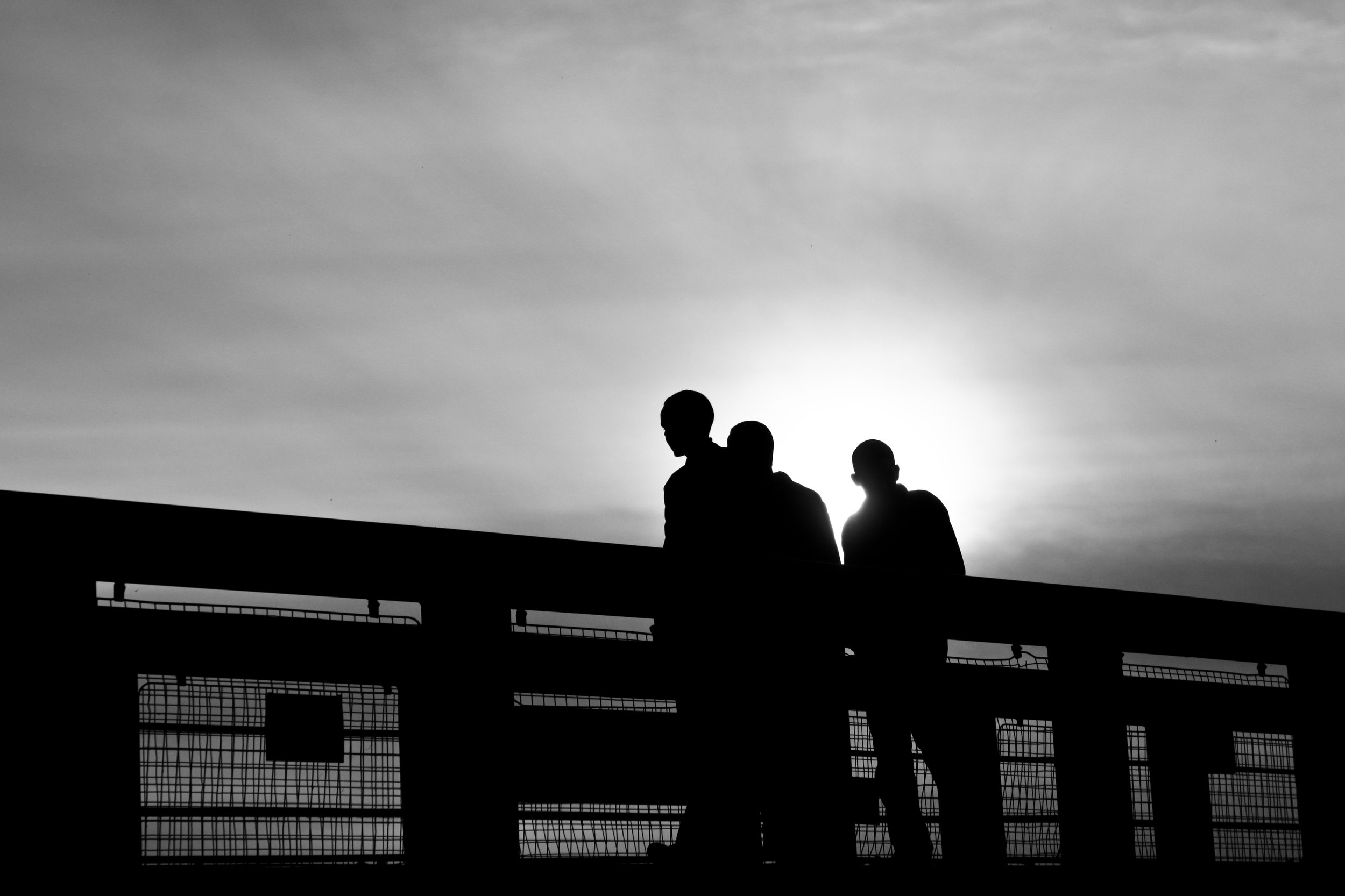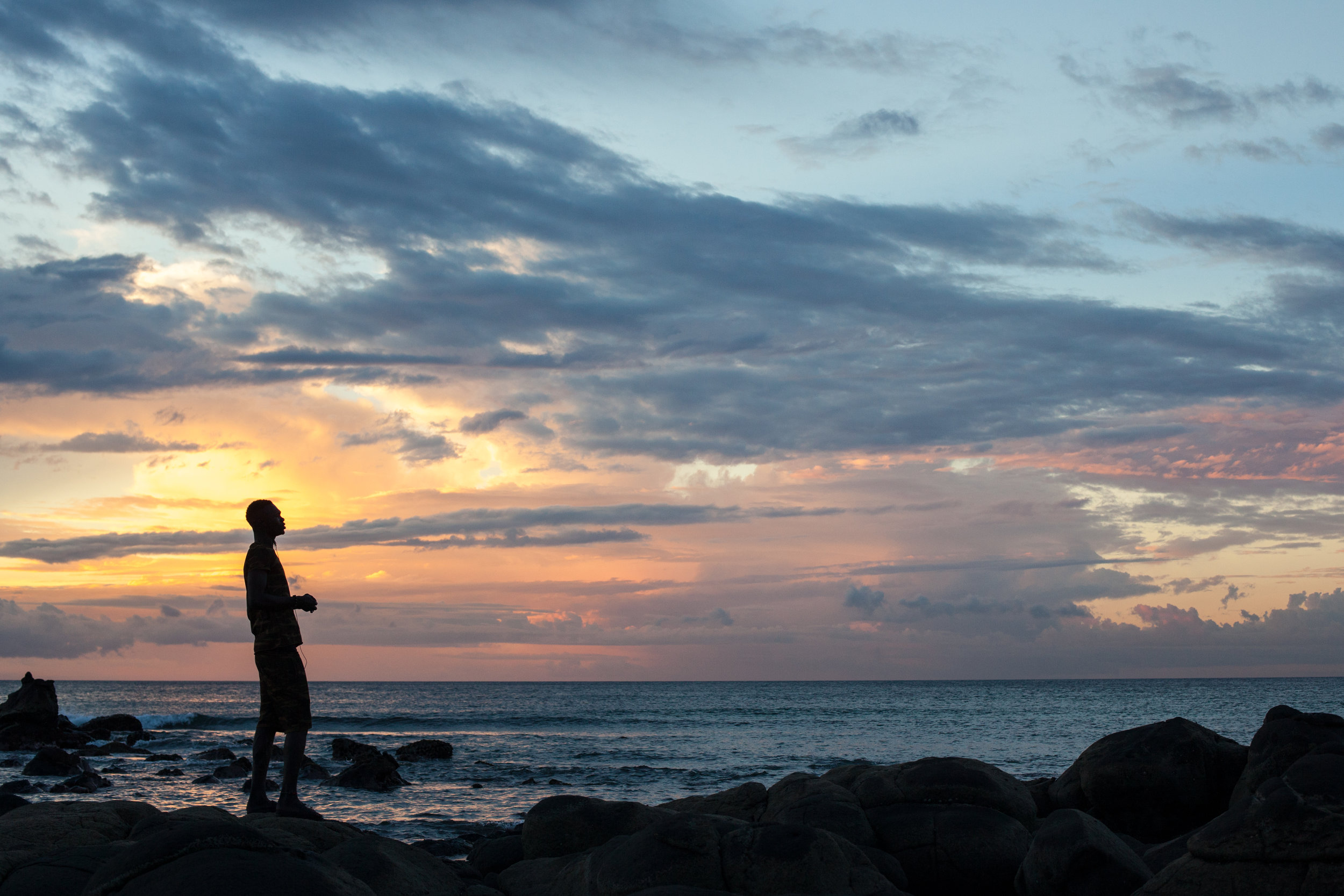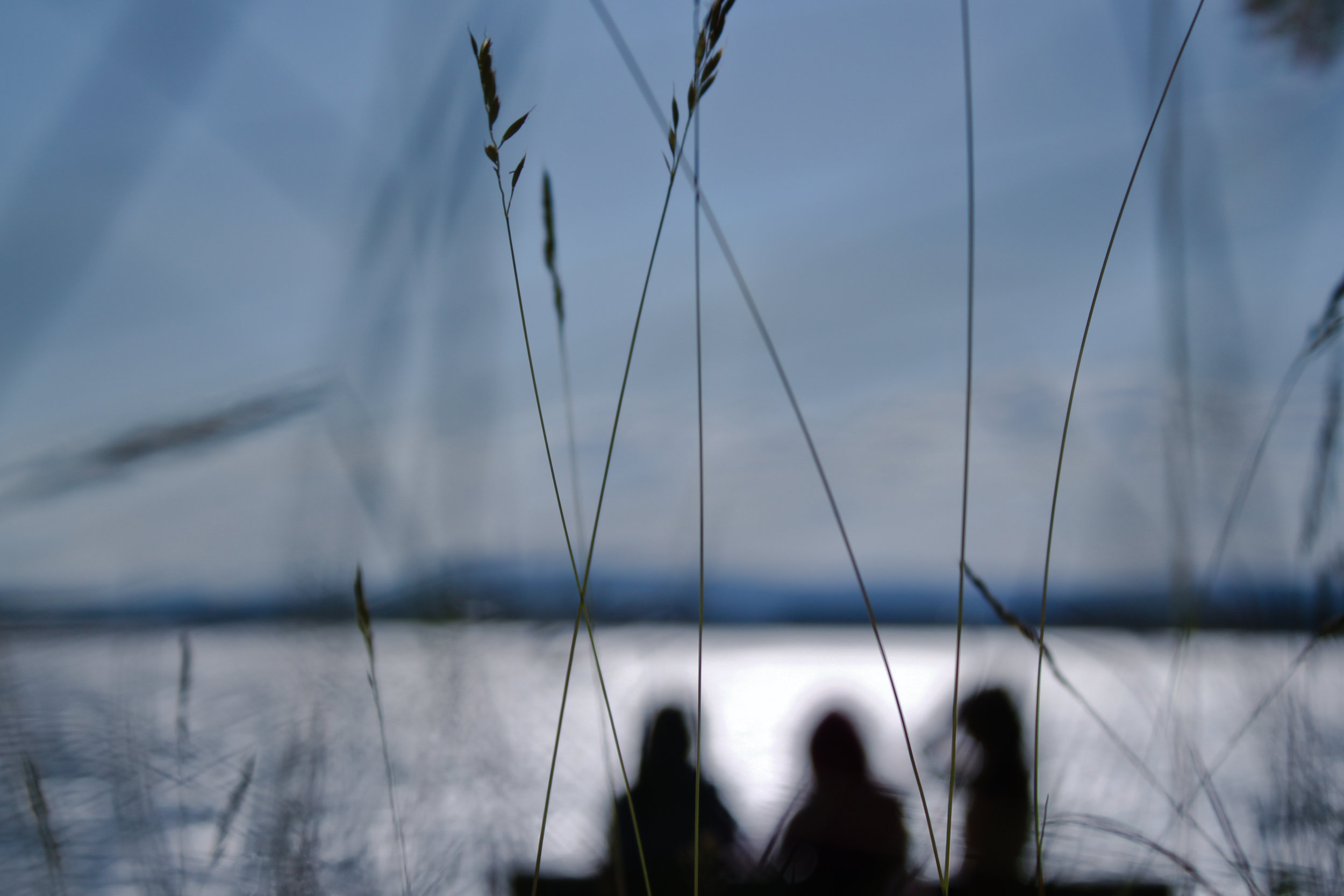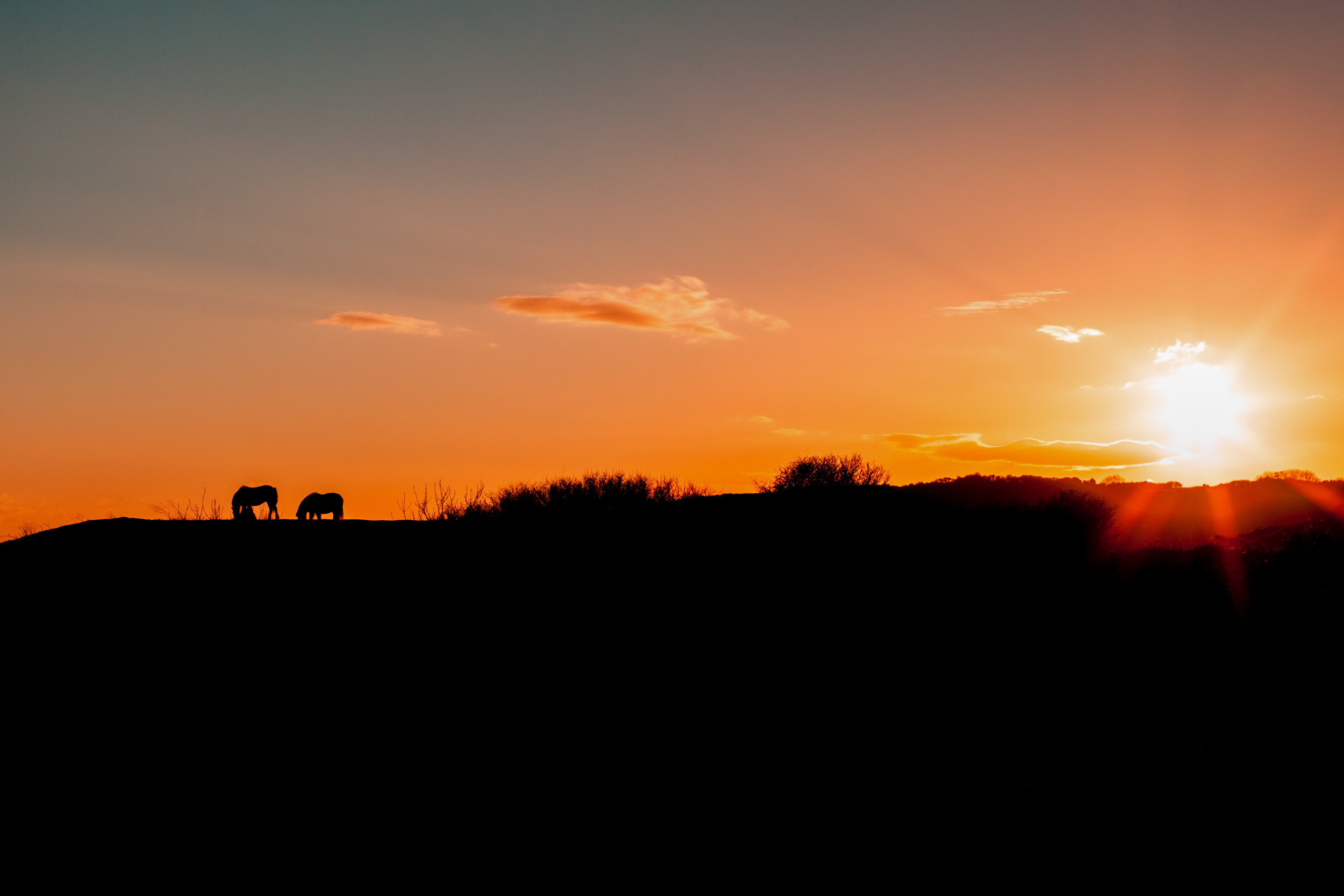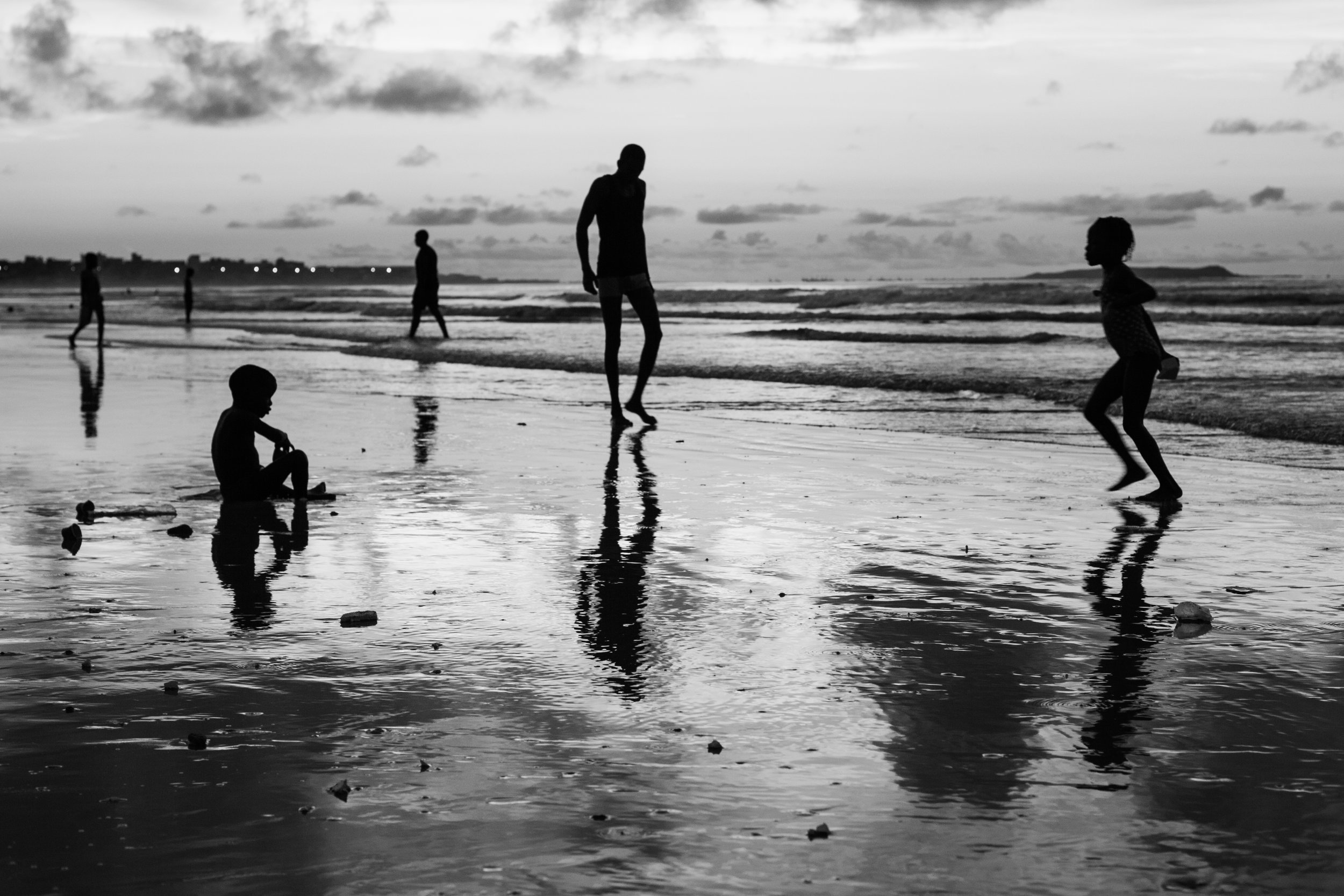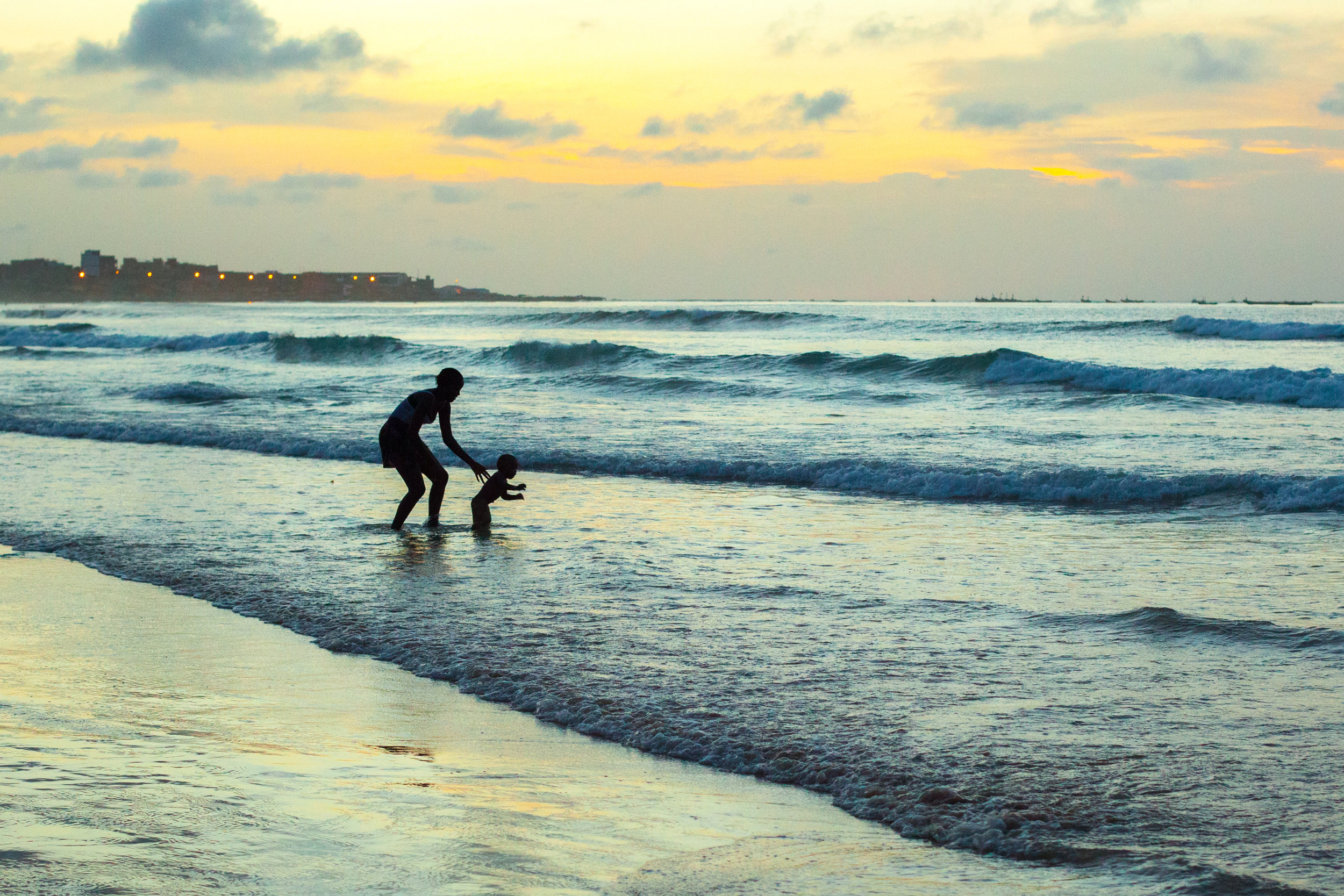What is a 'Frame within a Frame'?
In photography, a frame within a frame is when the photographer uses something within the scene in front of them to frame the main subject. Therefore a second frame is created within the image hence: a frame within a frame. This compositional technique can improve your image in several ways: Firstly it draws attention to the subject helping to isolate it from any distraction and clutter within the image. Secondly it can add depth and layers to an otherwise flat and boring image. Finally a frame within a frame can create mystery and intrigue within a photo resulting in the viewer exploring the picture for longer. Click through the slideshow below to view some of my travel images which use the 'frame within a frame' method of composition:
Why should you use a 'Frame within a Frame'?
Composition is one of the most important aspects of photography. Correct composition can transform an ordinary scene into a great picture. Unlike certain elements of photography such as lighting, no technical knowledge is required for successful composition. Finally, anyone with a camera can take images using this technique. Regardless of price, make or model, anyone with a camera or mobile phone can go and try today.
Opportunities for Framing
Opportunities for framing a scene are endless but often go unnoticed. For example, nature often provides a vast number of natural frames such as trees, clouds or flowers. In addition there are many man made objects which can be used equally well. These can include: windows, archways, bridges, buildings and so on. The more of this kind of image you take, the more potential you will see in everyday situations. In the slide show above, framing examples have included: modern art in Havana, car window frames in West Africa, a boat in Peru, shadows in a street shot in Cuba, bananas at a market stall in Lima, and an archway of a palace in Madrid. Wedding, travel, and street photographers all regularly take photos using this compositional method of a frame within a frame.
More of my travel photography can be found on my website, Instagram, Facebook Page and my Flickr account. If you are interested in purchasing any prints, or are interested in collaborating please send me an email at: geraintrowlandphotography@gmail.com.
